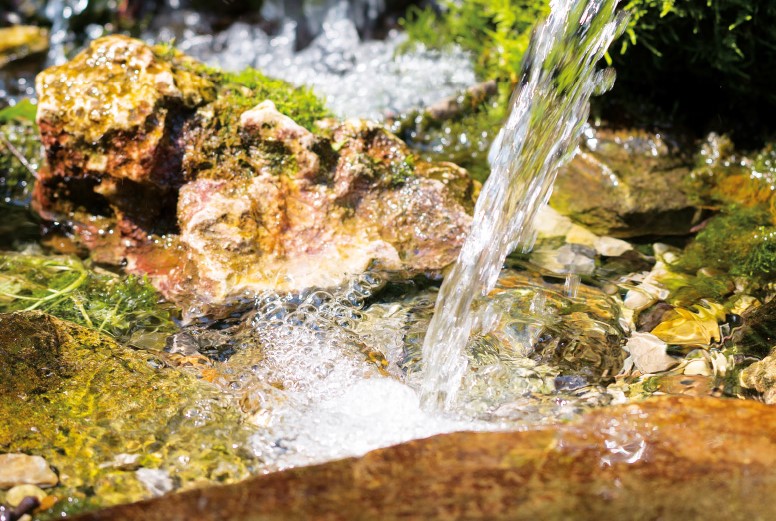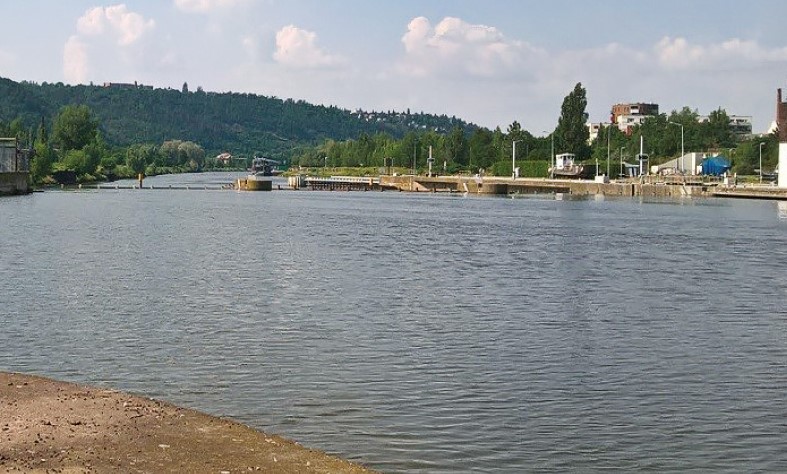The issue of antimicrobial resistance in the aquatic environment of the Czech Republic
Antimicrobial resistance (AMR) has emerged as a high priority global problem in recent decades. Its severity lies in the critically increasing number of pathogenic bacteria that carry resistance genes to previously common antibiotics, making them a health threat. The emergence of resistance is a consequence of the long-term misuse of antibiotics in human medicine and veterinary praxis (with the most significant contribution from developing countries). In 2017, the UN warned that the issue is not limited to these areas and that the environment can also be a significant reservoir and vector for the spread of AMR. The issue has been included in the „One Health“ initiative, which is based on a collaborative approach to combat AMR across the health, agriculture and environment sectors. AMR enters the aquatic environment in the form of resistant bacterial strains (ARB) or resistance genes (ARG) shed by patients through municipal wastewater treatment plants (WWTPs), runoff or agricultural wastes.
Developing cooperation with Canada in the field of water quality
Between 10th and 16th June 2024, Mgr. Kateřina Sovová, Ph.D., TGM WRI, and Ing. Pavla Fojtíková, Ph.D., the University of South Bohemia, visited Canada to liaise over water quality issues, wastewater monitoring, and toxicity research. This event was implemented with the support of the Ministry of Foreign Affairs. Its main goal was to deepen cooperation in the field of UN Sustainable Development Goal 6 (SDG 6).
Use of SARS-CoV-2 virus monitoring in wastewater from WWTP of various categories for epidemic surveillance in the Czech Republic
The principle of wastewater diagnostics is a suitable complementary approach that can help to gain epidemiological information on a large part of the population in a non-invasive way. The course of the pandemic spread of the new coronavirus (SARS-CoV-2) has been showing a cyclical course of successive waves of Covid-19 since 2020. For this model, a systematic detection of the occurrence of its agent in wastewater is a very effective approach.
Monitoring of the coronavirus SARS-CoV-2 in wastewater – what the monitoring has shown us so far and where it is headed
Since April 2020, the presence of the coronavirus SARS-CoV-2 in wastewater has been monitored at TGM WRI, p.r.i. The method of detection is similar to that of clinical samples, ie the presence of a specific fragment of viral RNA is detected by PCR.
Coronavirus SARS-CoV-2 in surface and wastewater
The paper provides actual clear information about viruses and coronaviruses, including SARS-CoV-2, the possibility of contamination of surface water and wastewater by this virus.
Priority and priority hazardous substances in the river sediments near Prague
The report presents a part of the Clean Water – Healthy City project, which deals with the assessment of the river sediments quality with view of the load of priority and priority hazardous substances (PPH substances) which may endanger the aquatic ecosystems and human health during the flood.
The Clean Water – a Healthy City: The usability of the existing information collection system to fulfillment of goals
Příspěvek představuje část projektu Čistá voda – zdravé město, který se zabývá predikcí možného výskytu nebezpečných chemických látek v tocích při haváriích a povodních. Seznamuje s databázemi, které jsou v současné době k danému tématu vedeny, a s jejich praktickou využitelností.





